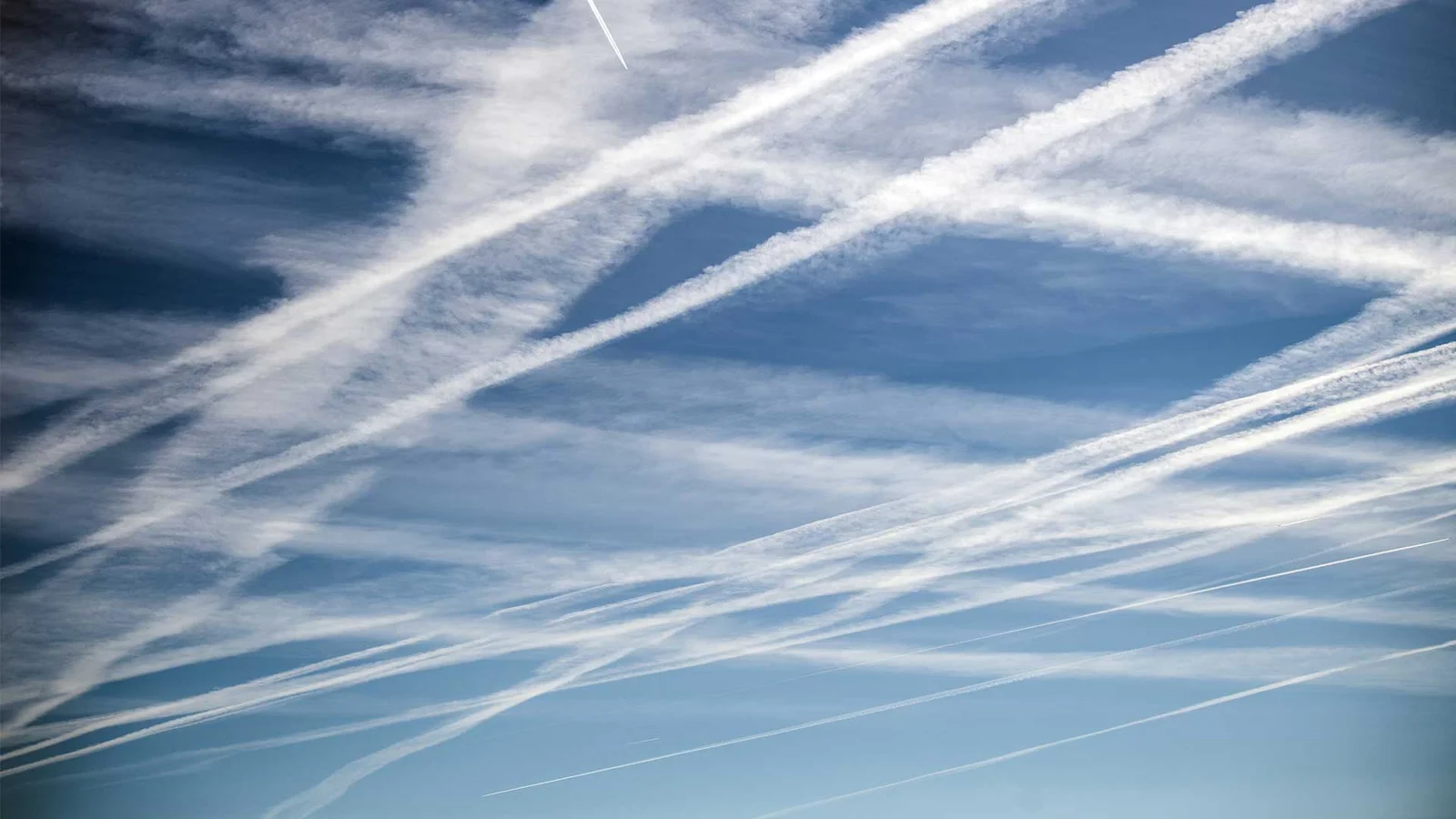
Geoengineering refers to technologies designed to deliberately alter the Earth’s climate to mitigate global warming. One of the most discussed—and controversial—approaches is solar radiation management (SRM), which aims to reflect a portion of sunlight back into space to reduce atmospheric heating. A primary method under SRM is stratospheric aerosol injection (SAI), which involves releasing reflective particles into the upper atmosphere, mostly Aluminum oxide(Al₂O₃).
This method draws inspiration from natural phenomena such as volcanic eruptions. When volcanoes erupt, they release sulfur dioxide into the stratosphere, forming reflective aerosols that temporarily cool the planet. Similarly, engineered SAI involves spraying fine aluminum oxide particles into the stratosphere using aircraft. These particles scatter incoming solar radiation, reducing the amount that reaches the Earth’s surface and thereby cooling the planet.
Aluminum oxide is considered suitable for this role due to its high reflectivity, low weight, and chemical stability. The particles form a reflective layer in the atmosphere, potentially slowing the rate of climate change—though only temporarily.
However, what goes up must eventually come down. Aluminum particles released into the stratosphere do not remain aloft indefinitely. Over time, they settle back to the Earth’s surface, where they enter the air we breathe, the soil we grow food in, and the water we drink.
This deposition raises significant concerns. Inhalation of fine aluminum particles has been linked to many respiratory issues, including lung cancer, and is particularly dangerous for people with asthma or other lung conditions.
In soil, elevated aluminum levels interfere with plant root development and nutrient absorption, significantly impacting agriculture. As a result, GMO seeds had to be developed to survive under these new toxic conditions.
Contaminated water sources are directly affecting our health, with extremely high aluminum levels being reported. In some cases, as much as 13,000 mcg of aluminum per liter was measured in rainwater, whereas the federally established upper safe limit is only 50 mcg per liter.
Learn about diseases and disorders linked to aluminum exposure, such as Autism, Alzheimer's, Autoimmune disorders, Allergies, Breast Cancer, Chronic Fatigue.
Discover how to detoxify your brain and body from aluminum using the advanced Aluminum Detox Formula — because everyone deserves optimal health and a high quality of life.
Learn how aluminum enters the body and brain through various pathways, including vaccines, food, water, medications, skin contact, and inhaled particles.





